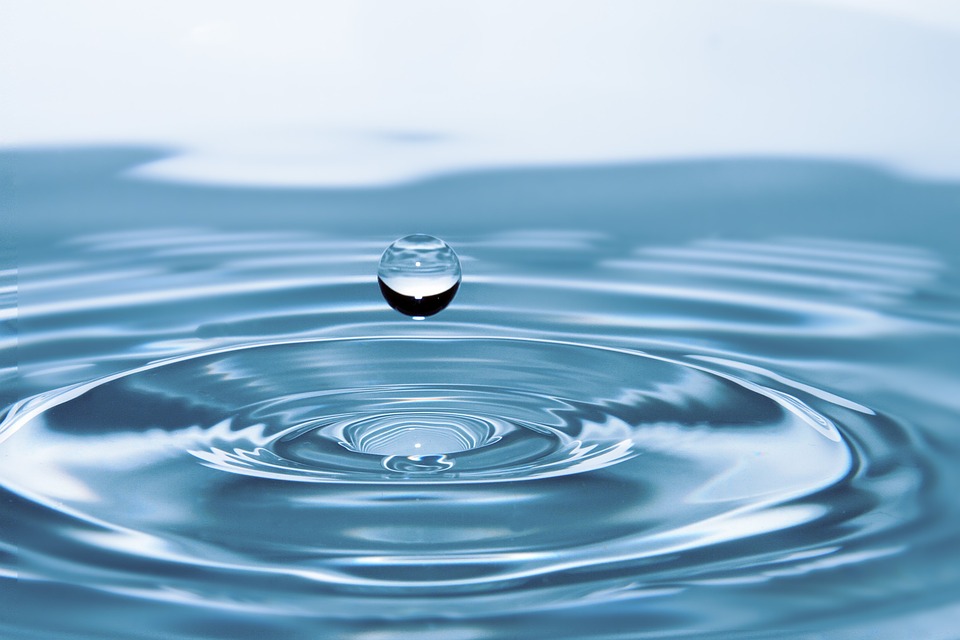Have you ever wondered where the University of Rochester gets its drinking water from? The answer is Hemlock Lake. Hemlock Lake, one of the Finger Lakes, is located just south of Rochester. Most of the county gets its water from Lake Ontario, one of the Great Lakes, which can be found north of the City of Rochester. The water from these lakes is treated by the City of Rochester Water Bureau and Monroe County Water Authority.
The Monroe County Water Authority (MCWA) is the third largest water supplier in all of New York State. Every year, MCWA treats and delivers an average of 18 billion gallons of drinking water. The MCWA treats the majority of the county and part of the city’s water at its Shoremont Treatment Plant in Greece. MCWA also has a treatment plant in Webster. The Rochester Water Bureau has a treatment plant in Livonia on Hemlock Lake. Throughout the county, treated water from MCWA’s treatment plants is stored in aboveground tanks. This water is suspended so that when it is needed, gravity does all the work to move the water, similar to the gravity fed system of Hemlock Lake throughout Rochester. There are about 50 different storage tanks across the county.
At the treatment plants, the water is treated to ensure that residents are provided with clean, safe drinking water. The City of Rochester and MCWA treatment plants all use a three step treatment process: coagulation, filtration, and disinfection. When the water arrives, coagulants are added in order to destabilize suspended particles. This enhances the removal of particles and other debris during the filtration process. Next, chlorine is used to disinfect the water and to ensure that the water stays safe and sanitized as it travels from the treatment facility to residential homes. Fluoride is also added to the water as a public health measure in order to keep our teeth healthy.
The treatment process at all of MCWA’s plants protects against contaminants that may be dangerous to human health if consumed via drinking water. In order to ensure that tap water is safe to drink, the State and EPA have created standards that suppliers follow in their treatment processes. These standards are known as Maximum Contaminant Levels. The City of Rochester and MCWA ensure that the drinking water delivered to Rochester and county homes meets or exceeds the levels set by the State and EPA. Each year the city and MCWA publish Water Quality Reports which are posted on their websites (hard copies available on request). The reports describes the water sources, treatment and test results. Both utilities’ monitoring programs exceed what is required by the State and the EPA to ensure safe drinking water.
MCWA emphasizes sustainability through stewardship. Stewardship refers to the responsible use and protection of the natural environment and its resources by all those who affect it through conservation and sustainable practices. MCWA is dedicated to using resources, especially water, responsibly and efficiently. This is done via strong infrastructure and reinvestment. MCWA thrives to be as sustainable possible via upgraded infrastructure and green initiatives. For more information about Rochester’s water or MCWA, visit www.MCWA.com.
Written by Alyssa Lemire, Class of 2017.
Image source: pixabay.com


Hello! Thank you for this informative article. But I have a couple of questions. What about the water in the water treatment plants? I completely admit that I have no knowledge in this area, sadly. it seemed to me that that water was cleaned and recycled into the mix, am I mistaken? Of course, we also get water from other natural resources, but now I’m curious about what percentage since that wasn’t mentioned.
In my city. water comes from a large dam and after cleaning water from that dam it comes to our home.
I pump drinking water straight out of the ground next to my house. The well is 300 feet deep but some only drill 30 foot deep wells and are satisfied with that taste.
Water comes from natural resources. But at some places water is hard. So we need to soften that water to make it useful and to avoid diseases. So for that purpose, we buy a water softener system that is used for the treatment of hard water. It makes life easy, we are using it already.
Informative Post! While municipal water supplies are considered generally safe, sometimes the term “Safe” is relative. Whole house water filtration systems provide economical water filtration and eliminate the need for bottled water and tiny, faucet-based filters that need to be replaced many times a year.
Excellent info! Many will be glad to know where their water comes from. We need to take care of it.
zeal for life
I read your info post. This is a very informative and interesting post.nowadays our drinking water is not pure.The human body requires up to 5 liters of water every day so as to maintain the body metabolic rate and at the same rate, we can find ourselves healthy as well. But drinking pure water is the real benefit, as it contains least of germs that would hurt us in any form.